It was with great interest that the commune of Bormes les Mimosas accepted the donation, for inclusion in its Musée de France collection, of a work by the artist Jean Peské (1870-1949), as part of a proposal made by the Réseau Lalan association.
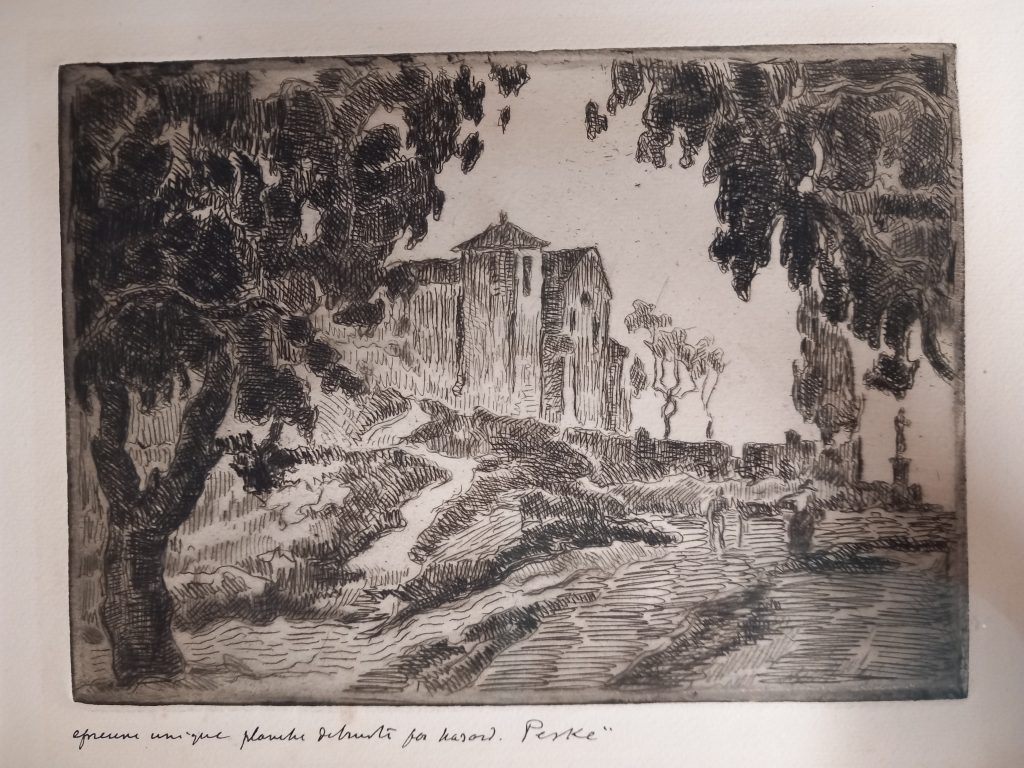
This acquisition will enhance the “Musée de France” collection and, at the same time, complete the Jean Peské collection. The Museum already owns five works, including a large-format painting by the artist entitled “Le vieux chêne-liège et le berger et ses moutons dans la plaine de Bormes” (The old cork oak and the shepherd and his sheep on the Bormes plain) (watercolour Indian ink on paper, dated 1912 and donated by the artist himself to the commune in the same year). Three other works were acquired in 2020 following a gift from the artist’s granddaughter, Mme Anne Marie Salin Bérenger on 28 July 2020, and one in 2022 at auction:
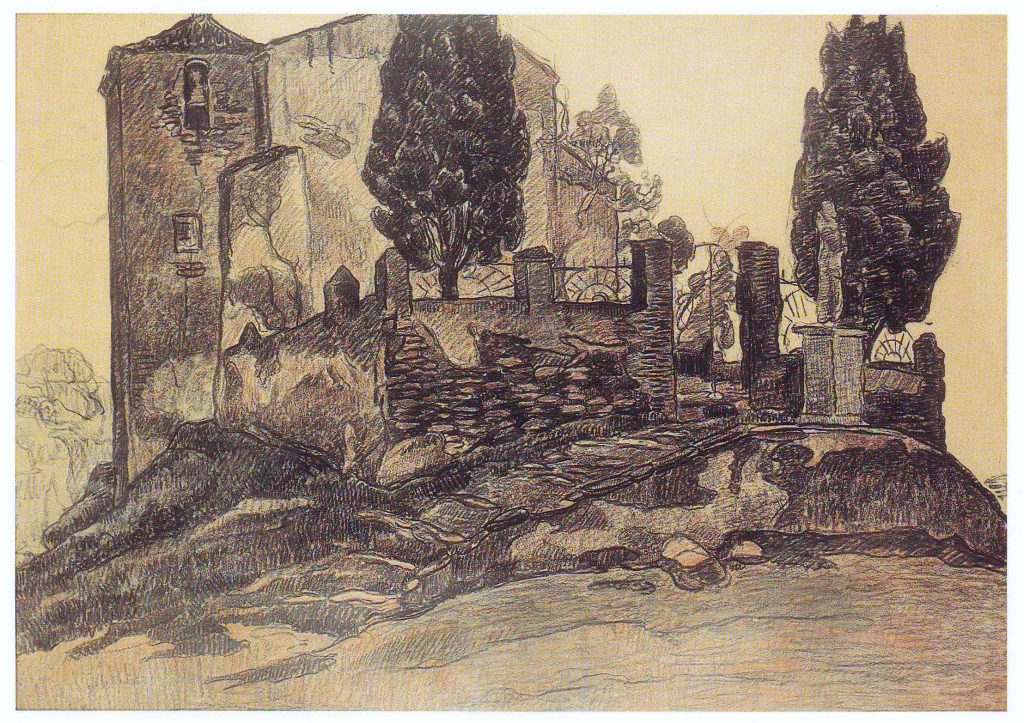
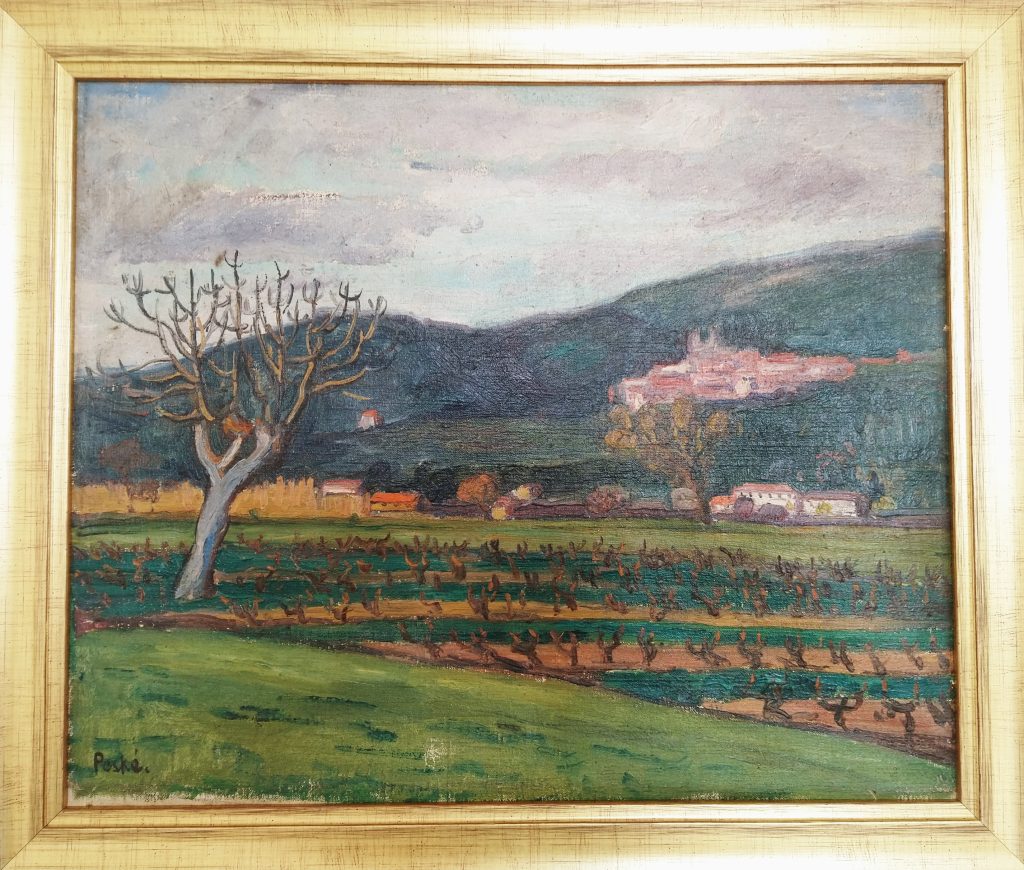
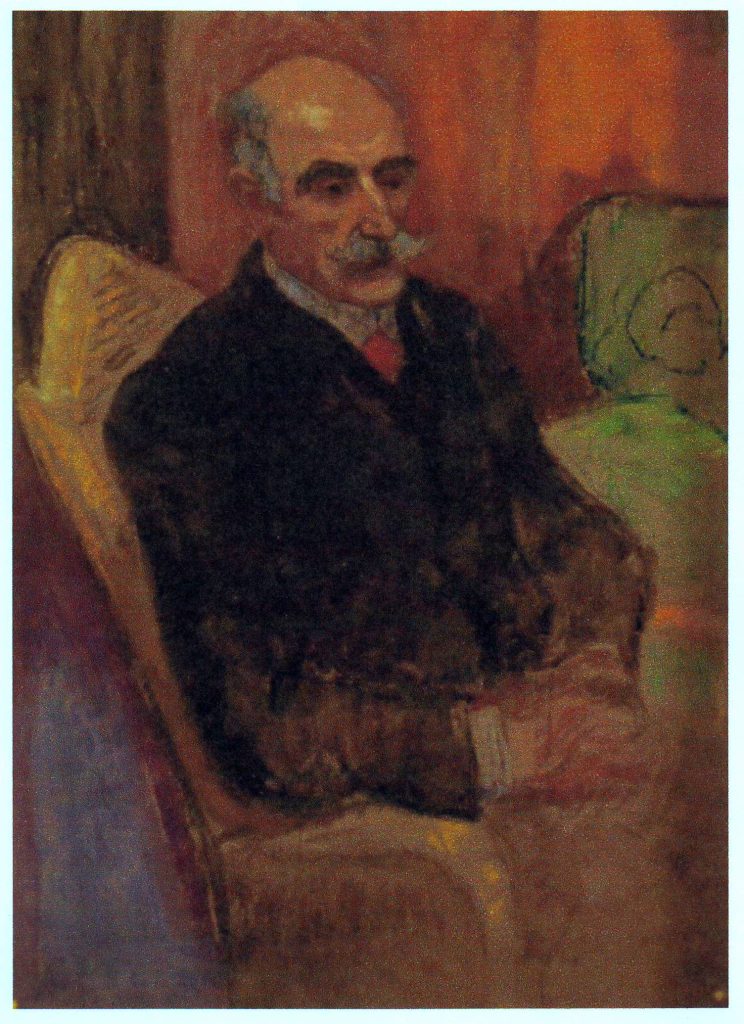
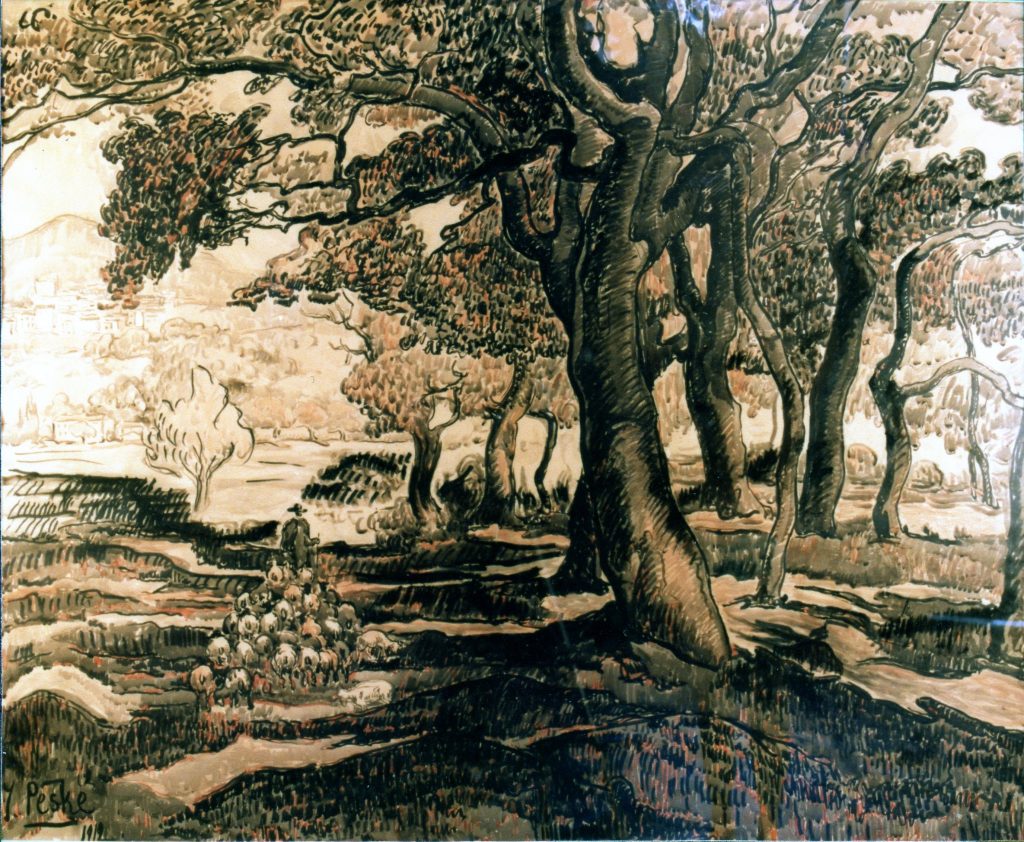
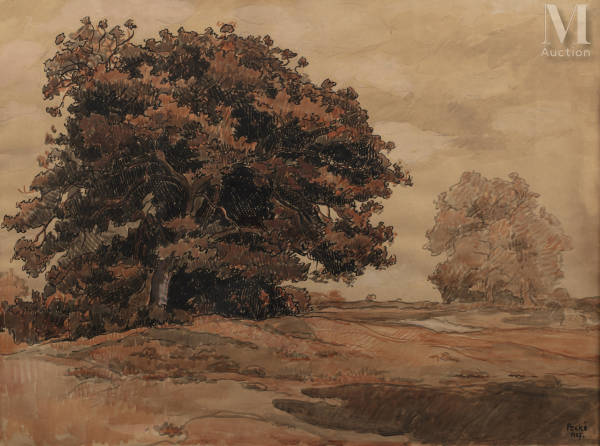
The work on offer today has a rightful place in our Museum. Above all, it is of undeniable artistic and heritage interest.
Jean Peské participated in the major artistic movements of the second half of the 19th century and the beginning of the 20th century: Impressionism, Pointillism, Nabi, Postimpressionism.
From 1895 onwards, Jean Peské exhibited at the Salon des Indépendants, the Salon d’Automne, the Salon des Tuileries, the Salon des Peintres Graveurs and subsequently in the major galleries. He achieved great fame between the 1920s and 1940s. His work is remarkable, and his life was full of artistic encounters with the likes of Henri de Toulouse Lautrec, Pissarro, Bonnard and Paul Signac.
This acquisition would enable us to make a link with the works of Théo Van Rysselberghe and Henri Edmond Cross, friends of Jean Peské who came to the region to paint, and whose works are held in our Museum. It would also enrich our collection and encourage loans to museums that hold works by the artist.
Jean Peské and Bormes
The link between the artist and the village of Bormes is undeniable. It was in the South of France from 1910 onwards, and particularly in Bormes, that the painter tried to tame the light. His period in Bormes was the most colourful and warmest. After living in the village, he built a small house on the Pointe de Gouron in La Favière and divided his life between Bormes and Paris for around fifteen years. His favourite subjects were trees (as demonstrated by the work in question, which puts the tree in the foreground), his lifelong passion, but also members of his family and the Mediterranean landscapes that enchanted him. This is also perfectly illustrated in this work, which depicts an emblematic element of Borman heritage, the chapel of St François. The subjects depicted are of undoubted heritage interest. Always faithful to himself and to the landscape, trees and nature have a definite place in his composition, forming a balanced whole in which no one element outweighs the others. This choice of composition certainly reflects the feeling of fulfilment that the artist found at Bormes les Mimosas. The work demonstrates the artist’s mastery of the elements, as he excelled at depicting trees, his favourite subject. This drawing is reminiscent of those already in the museum.
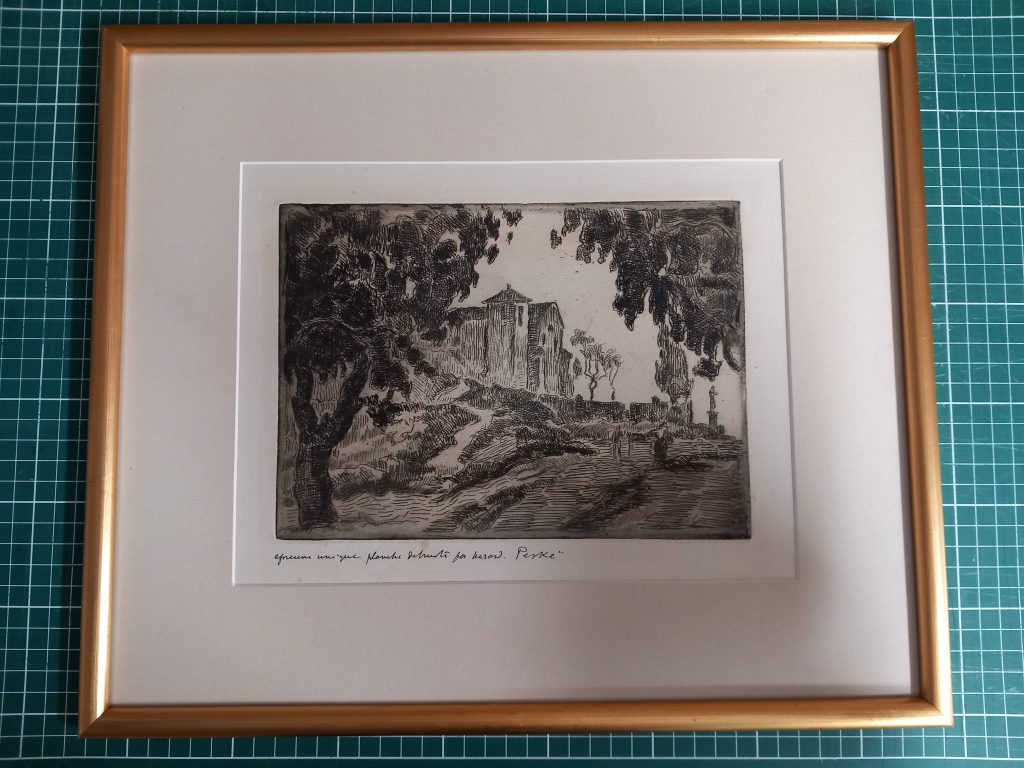
Jean Peské and the Russian colony at La Favière :
Jean Peské had links with the Russians at La Favière. His wife’s sister, Appolinaria, moved to Bormes after the Peské couple sold their house in Bormes in 1924, and the couple would return from time to time to visit her. Appolinaria would bring her friends and relations who had been exiled after the October Revolution, and was at the origin of the Russian colony at La Favière.
In 1926, Jean Peské took part with Emmanuel-Charles Bénézit in the creation of the Bormes museum and in 1934 set up the Collioure Museum of Modern Art.
An artist and a work of art to promote
With this acquisition, we also hope to continue the work begun in the 2000s with the four major exhibitions held in the Vendée, Le Mans, Collioure and finally in Bormes les Mimosas in autumn 2005, “Jean Peské à Bormes”, and thus bring the artist and his work to a wider public.
A conference on Jean Peské was also held at the Museum on 12 October 2020 to celebrate the artist and his work, with the presence of the donor, Mme Anne Marie Salin Bérenger. The talk was given by Marie-Elisabeth Loiseau, head of cultural projects at the Conservation des Musées de Vendée.
His works are now on show at the Musée d’Art Moderne in Collioure, the Musée des Beaux-Arts in Rennes and the Petit Palais in Geneva, and some of his engravings are in the Chalcographie collection at the Louvre.
In the new permanent exhibition, which opened to the public in October 2022, the works representing Bormes have a very special place, and we are sure that this work will have a role to play in the discourse that presents the artistic emulation that took place between the end of the 19th and the beginning of the 20th centuries in Bormes les Mimosas. As Lise Bicart-Sée, author of a post-graduate doctorate (Publication critique du journal de Jean Peské 1983), pointed out, “His art is at the intersection of Impressionism, Nabism and Fauvism. His portraits of trees and his Indian inks from the Bormé period remain unequalled.
Consistency with the museum’s acquisition policy.
In the museum’s Scientific and Cultural Project, which will come to an end in June 2021, the museum announced its intention to establish a reasoned acquisition policy by defining its guidelines. Its ambition is to develop and consolidate the strengths and particularities of the collection. Three directions are proposed:
- Develop the Cazin collection and the thematic group dedicated to landscape art:
- Balancing the collection devoted to Bormes
- Enrich the Impressionist and Post-Impressionist collections.
As we can see, the artist’s work amply meets two of our objectives.
A donation from the Réseau Lalan association
In the early 2000s, the association helped to mount an exhibition on the artist at the Musée de Bormes. Then, in 2022, it was offered the work in question by the artist’s grandson. Wishing in turn to offer it to the MHAB so that it could be exhibited, she made the proposal to the commune.
For all the reasons set out above, this work has a rightful place at the MHAB – Musée d’Histoire et d’Art de Bormes.
With this exceptional acquisition, we hope to pay tribute to this talented artist and contribute to the fulfilment of his fondest wish, as he wrote in his memoirs: “I would like to see my work one day succeed in moving the viewer as intensely as possible. The nobility of line and composition, the harmony and power of light, these are my ambitions”.

